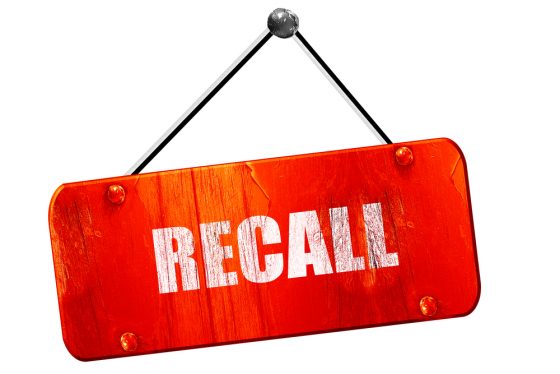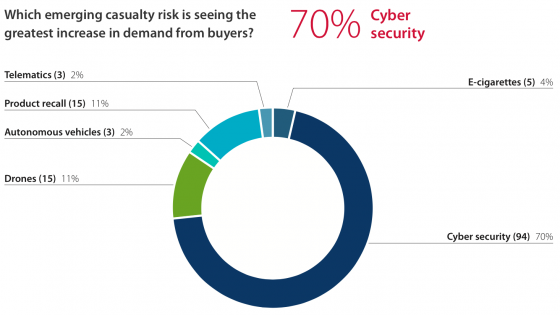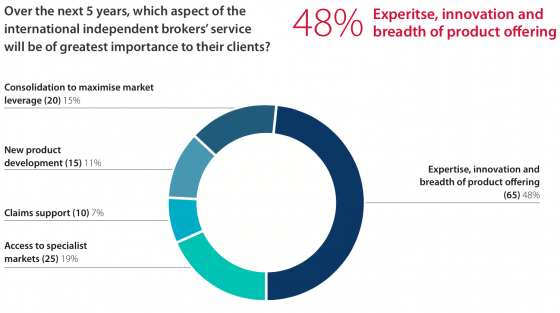After the U.S. Food and Drug Administration (FDA) expressed concern this week that some of its internet-connected insulin pumps are vulnerable to hacking and could not be patched, medical device manufacturer Medtronic Plc has announced that they would offer an exchange for the 4,000 patients who are reportedly using the vulnerable devices. If patients are using vulnerable out-of-warranty models, Medtronic is offering a newer replacement at a discounted price, and in-warranty models will be replaced free of charge.
The Medtronic insulin pumps in question work by regularly providing insulin to the patient with the help of a continuous glucose monitor (CGM), which uses Bluetooth to connect to a computer via a CareLink USB device. This system allows patients to remotely send the device commands and share data with their health care providers. These devices are part of an industry-wide push to connect medical devices to the internet (as part of the wider internet of things, or IoT) to allow more efficient and cost-effective communication between patients and providers.
While the exact nature of the insulin pump vulnerability is unclear at this time—neither the FDA nor Medtronic has disclosed any technical details—the danger from someone exploiting the vulnerability is very serious and could be potentially fatal. According to the FDA, “an unauthorized person (someone other than a patient, patient caregiver, or health care provider) could potentially connect wirelessly to a nearby MiniMed insulin pump with cybersecurity vulnerabilities. This person could change the pump’s settings to either over-deliver insulin to a patient, leading to low blood sugar (hypoglycemia), or stop insulin delivery, leading to high blood sugar and diabetic ketoacidosis.” In a letter to patients using one of the vulnerable pumps, Medtronic confirmed the potential danger, saying that “An unauthorized person with special technical skills and equipment could potentially connect wirelessly to a nearby insulin pump to change settings and control insulin delivery.”
Fortunately, there have not been any reported cases of anyone exploiting the vulnerability, but it is not the case of such an issue affecting these devices. In 2011, a security researcher was able to hijack nearby Medtronic insulin pumps, giving him the ability to deliver potentially fatal doses of insulin to patients within 300 feet. After the vulnerability was revealed, Medtronic released a statement saying that it was working to improve their devices’ security.
This March, it was also revealed that Medtronic’s connected pacemakers, clinic programmers and home monitors were also vulnerable to hacking. In that case, Dutch security researchers discovered the security flaws, which the company reportedly initially denied before the FDA began an investigation. The agency later issued a warning about the pacemakers, and Medtronic released a patch for the software. As with the insulin pumps, there were no reported cases of anyone taking advantage of the security flaw before the fix was implemented.
Speaking to CBS News after the March incident, the FDA’s Dr. Suzanne Schwartz said, “Any device can be hacked and that’s often not understood,” adding that companies are not prepared for this reality and that “we still have a ways to go.” This week, the FDA released a set of recommendations regarding the latest insulin pump vulnerability, including a suggestion to patients: “Talk to your health care provider about a prescription to switch to a model with more cybersecurity protection.”
Such cases highlight the continuing potential risks of internet-connected medical devices. As discussed in the recent Risk Management article “Diagnosis: Risk—The Product Liability Challenges of Diagnostic Health Tech,” cyber vulnerability is only one of the many challenges for manufacturers and users of connected medical devices. These devices—especially ones that provide medical diagnostic data—have scores of built-in product liabilities that could land their manufacturers (as well as any number of other companies in the devices’ chain of distribution) in legal trouble if something goes awry.



